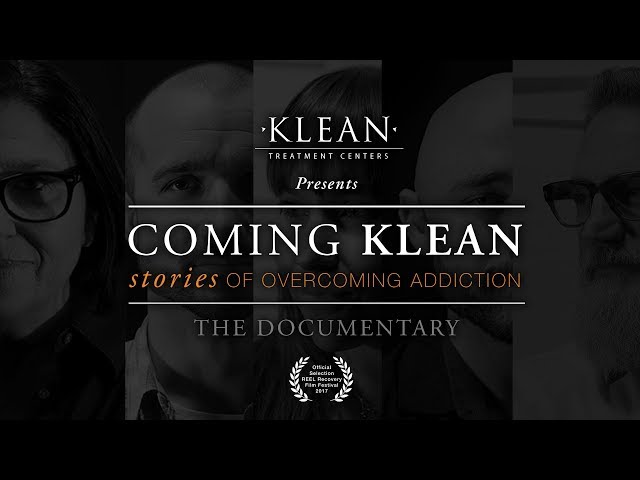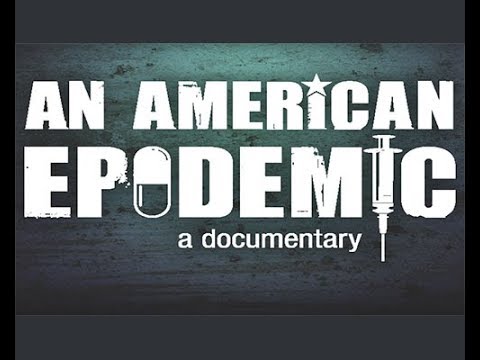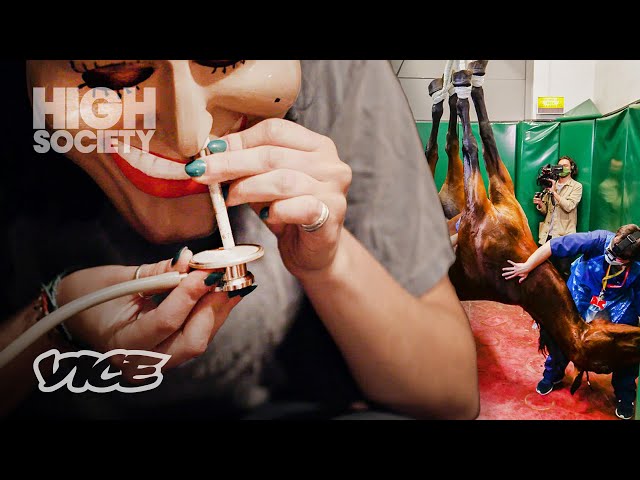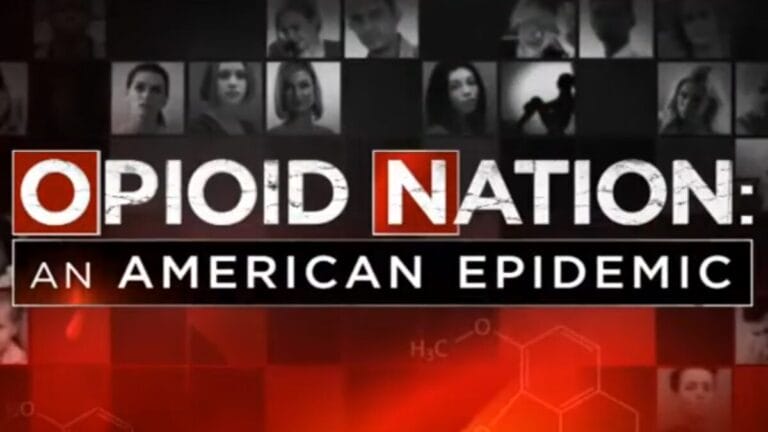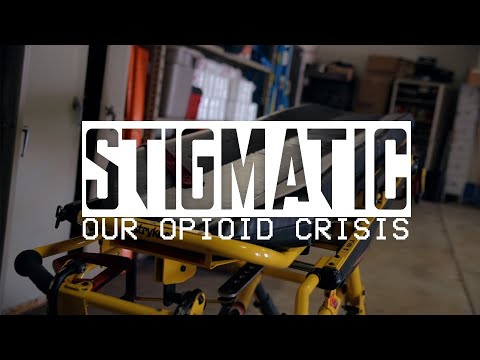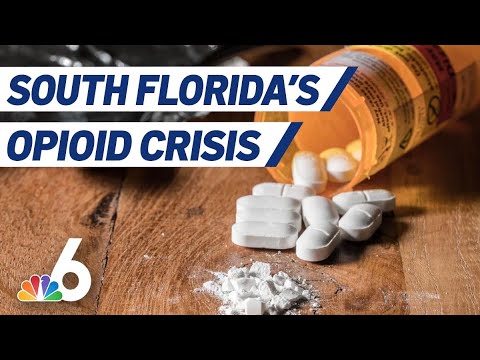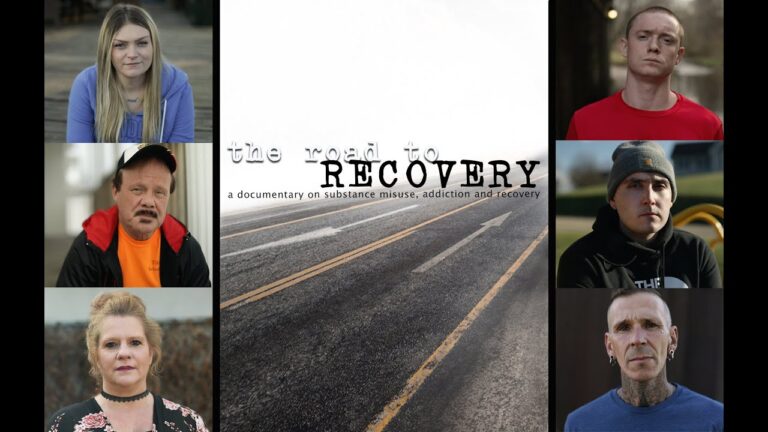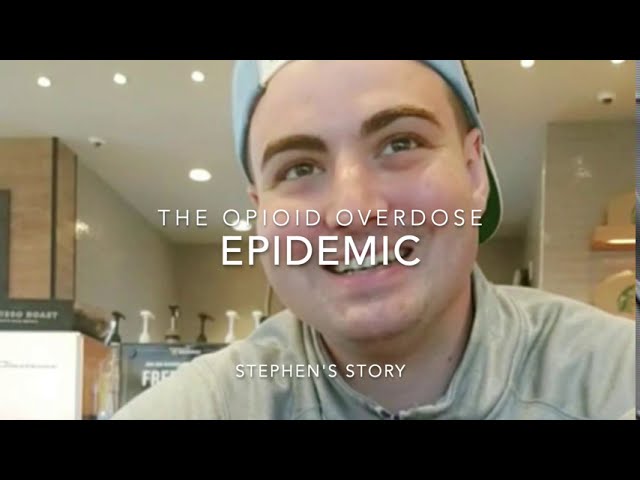Introduction
Meet Ariel, a 30-year-old drug addict living on the streets in Miami. As she tells her story, you begin to realize that she has been failed by her family and government systems time and time again. Despite all her battles, Ariel remains positive and hopeful that recovery will be possible for her one day.
Please also watch the follow-up video, Ariel 1 Year Later.
Other Side has a playlist of interviews with others titled How I Became an Addict.
Watch Now!
Quotes
“I was going through a lot of physical and emotional abuse with my mom and her remarried husband … he would do a lot of scary things like chase me around with two by fours … it forced me to the point where I felt like I wasn’t safe at home so I ran away and lost my virginity being raped … I feel like it was the main turning point in my life because it changed all of my relationships with men.”
“I got hooked on meth to begin with. I started smoking meth, I loved it, it made me feel awake. And I was really self-conscious about my weight when I was younger. I was bulimic for a period of time, so when I smoke, it just made me feel alive to be honest.“
“They had loaded up the needle and shot me up with it and I just remembered thinking to myself, Where has this feeling been all my life? It just took care of all my worries, all my stresses, it made me numb to all the pain and trauma that I had gone through … and then when the high was over, it would come back tenfold so I kept on having to chase the high.”
“You have to change your environment. You have to change the people you’re around. You have to create new hobbies and fill your boredom time with healthy things to do again because the thing about being a user is you become so used to doing the same thing every day that you forget who you really are. You forget what you like to do, what makes you you.”
Ariel 1 Year Later – “It blew my mind. I really wasn’t expecting how much support I was going to gain from it [the video] and that support really pushed me forward. It helped me to know that I’m not alone and people can relate to my story. It made me feel really good because it allowed me to realize that I’m helping other people too at the same time as I’m helping myself.”
Continue Learning
Hey there! I hope you found this resource useful! If you’re interested in learning more about some of the topics discussed, you can browse through these additional resources. Please don’t hesitate to contact me if you need help with anything else.
Childhood Trauma
- 10 Ways That Childhood Trauma Is Linked to Addiction
- Adverse Childhood Experiences (ACEs): Impact on Brain, Body and Behaviour
- Child Maltreatment Statistics
- Childhood Trauma and Addiction: The Connection Explained
- Childhood Trauma, Stress and the Biology of Addiction
- How Childhood Trauma Affects Health Across a Lifetime
- How Childhood Trauma Leads to Addiction
- Making the Connection: Trauma & Substance Abuse [PDF]
- The Trauma of Abandonment
- Trauma and Addiction
- Trauma and Stress
- Why Trauma Can Lead to Addiction
Homelessness & Poverty
- Addiction, Substance Use and Homelessness – Canadian 2021 Report [PDF]
- Addressing the Social Determinants of Health in Substance Use Prevention [PDF]
- Are Poverty and Homelessness The Same Thing?
- Homelessness 101
- Homelessness and Racial Disparities
- How Finland Found a Solution to Homelessness
- How Racism Influences Homelessness
- Mental Health Effects of Poverty, Hunger, and Homelessness on Children and Teens
- Poverty, Homelessness, and Family Break-Up
- Socioeconomic Determinants of Health [PDF]
- The True Cost of Poverty
- Understanding the Relationship Between Addiction & Poverty in Combating Disadvantage
- Welfare and the Politics of Poverty
- Why Is It So Hard to Escape Poverty?
The Science Behind Addiction
- 2-Minute Neuroscience: The Reward System
- Addiction and Brain Reward and Anti-Reward Pathways
- Addiction Explained, Rises & Falls in Dopamine
- Addiction Neuroscience 101
- Dopamine and Addiction: Separating Myths and Facts
- Dopamine System, Craving & Pursuit Explained
- Drugs, Brains, and Behavior
- How an Addicted Brain Works
- Introduction to the Reward Pathway
- Reward Circuitry in Addiction
- Serotonin vs. Dopamine – 7 Key Differences Between Pleasure and Happiness
- The Neurobiology of Drug Addiction (NIDA, 2007) [PDF]
- The Neuroscience of Drug Reward and Addiction
Share Your Opinion
If you have finished reviewing this resource and have some spare time, I would greatly appreciate it if you could provide your opinion. Was it useful and informative? Did you run into any problems or find something distasteful? I’m thankful for any constructive and helpful feedback to help me improve.
* Your review will be for this specific post and as a result will affect the star rating of the resource. All submissions are reviewed for approval to filter out spam and inappropriate comments. Your email is requested as I may want to follow-up with you. Please also be aware that your review may be placed publicly on this website for others to read.
There are no reviews yet. Be the first one to write one.
